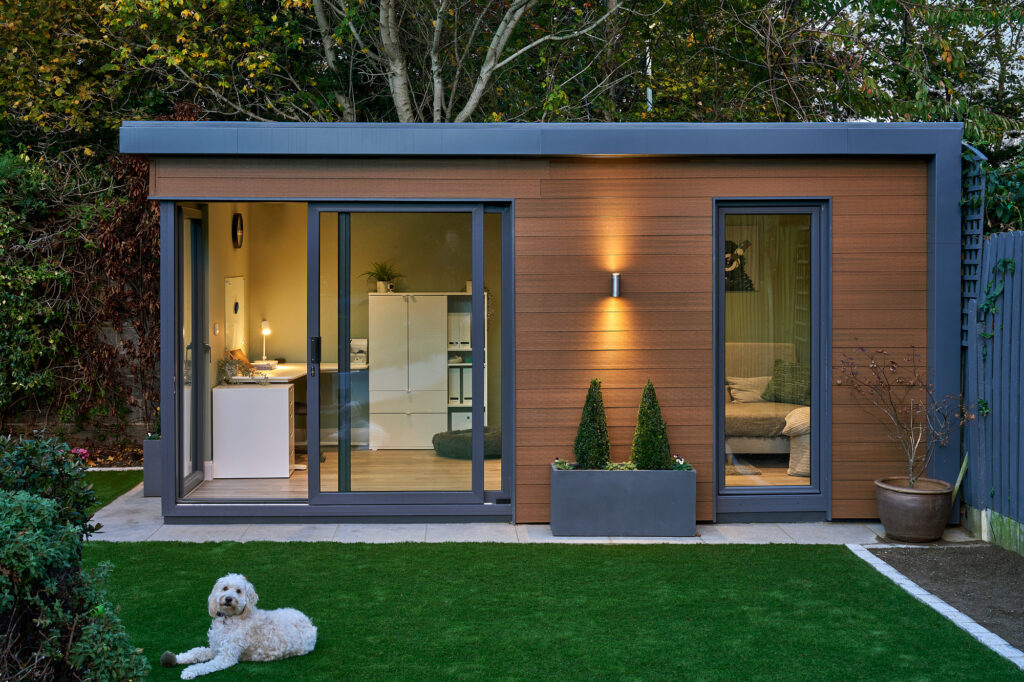Shomera will be closed from July 20th to August 6th. Fill out our contact form and we’ll respond when we return.
Shomera will be closed from July 20th to August 6th. Fill out our contact form and we’ll respond when we return.
GARDEN ROOMS
Nuts & Bolts
The building structure is carefully thought through and tested over time. We have installed over 1,100 studios in the past 20 years all over Ireland and the UK. From Bere Island in West Cork to Malin Head in Donegal, our products have been tried and tested in the harshest settings over long periods of time. When you buy from Shomera, you buy reputation, expertise, design excellence and a sustained passion for delivering great buildings that look beautiful and work for you, 365 days a year.
We use in-situ poured concrete pads (foundation holes are dug and concrete is poured to levels) and galvanised steel beams. The galvanised steel beams provide structural support (giving a solid feel underfoot) and a damp-proof medium. We do not recommend the use of concrete blocks or other porous concrete products against the floor sections. Even with a good DPM there is vulnerability to transmission of damp and mould growth.
Using structural timber frame timbers (all certified and kiln-dried) the walls have 10 layers to provide the optimum in terms of look, weathering, longevity and warmth.

The windows and doors we use are double-glazed uPVC. We have chosen the material uPVC as the best balance between cost and performance. uPVC windows provide a high degree of performance and warmth. While aluminium windows are structurally very good and have a thermal break detail, aluminium remains a highly conductive material and compromises performance. Just touch an aluminium window and you will feel how cold it is.
We use a combination of insulating materials to achieve the optimal performance. On the ceilings and floors we use rigid EPS to avoid adverse effects of weather during installation. Rigid insulations have a higher U value (U value measures heat transfer and loss) but the critical issue is how well it is fitted. If a high-value, rigid insulation is used but there are any gaps (even millimetres) between the material and structure, the performance is dramatically reduced. That is why we fit the insulation in factory-controlled conditions. The fitting process uses expanding foam to form a seal and close gaps between the frame and the insulation.
On the walls we use a combination of high-quality quilt material (non-slumping) and a continuous layer of rigid insulation on the inside skin. The quilt material is protected by a layer of visqueen plastic with cloth tape and the combination of these materials means the studio will heat quickly and hold temperature for longer.
NAVIGATE
JOIN OUR MAILING LIST
Once a month only we send out an email with news, developments and offerings for Architecture, House Extensions and Garden Rooms.

Once a month only we send out an email with news, developments and offerings for Architecture, House Extensions and Garden Rooms.